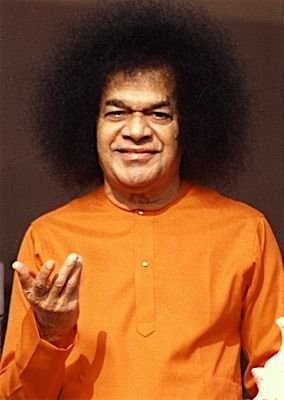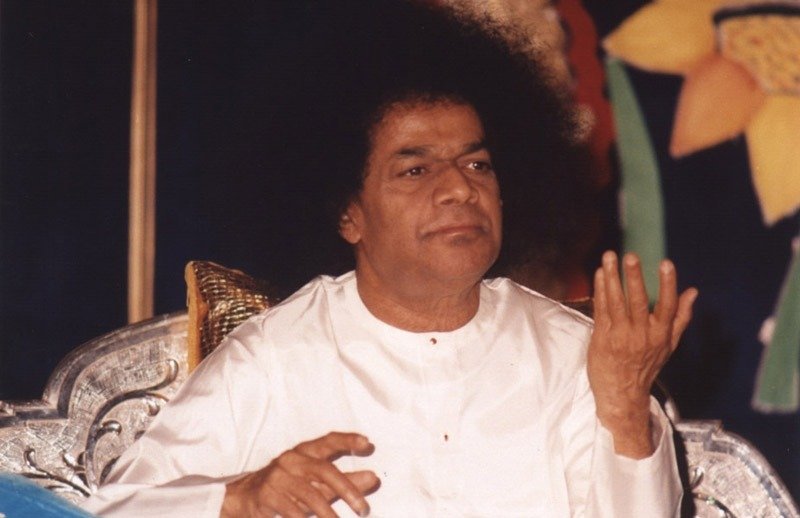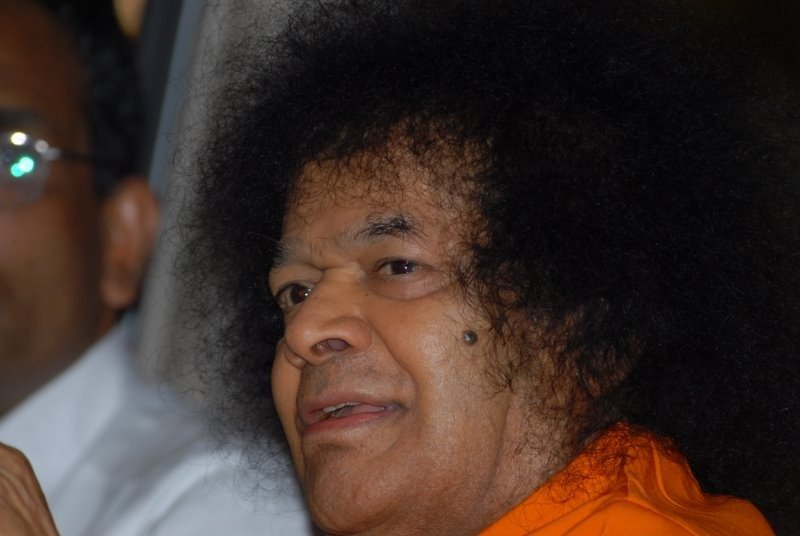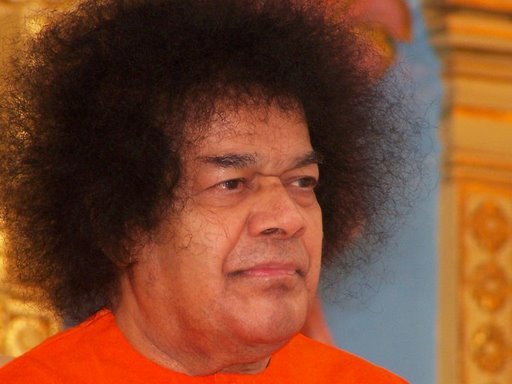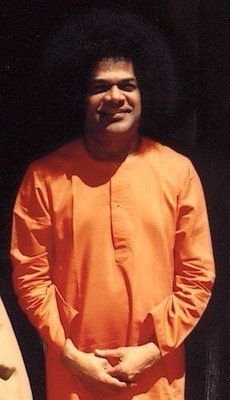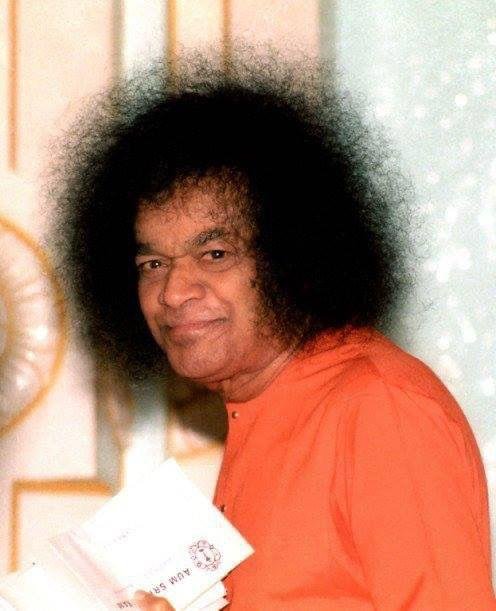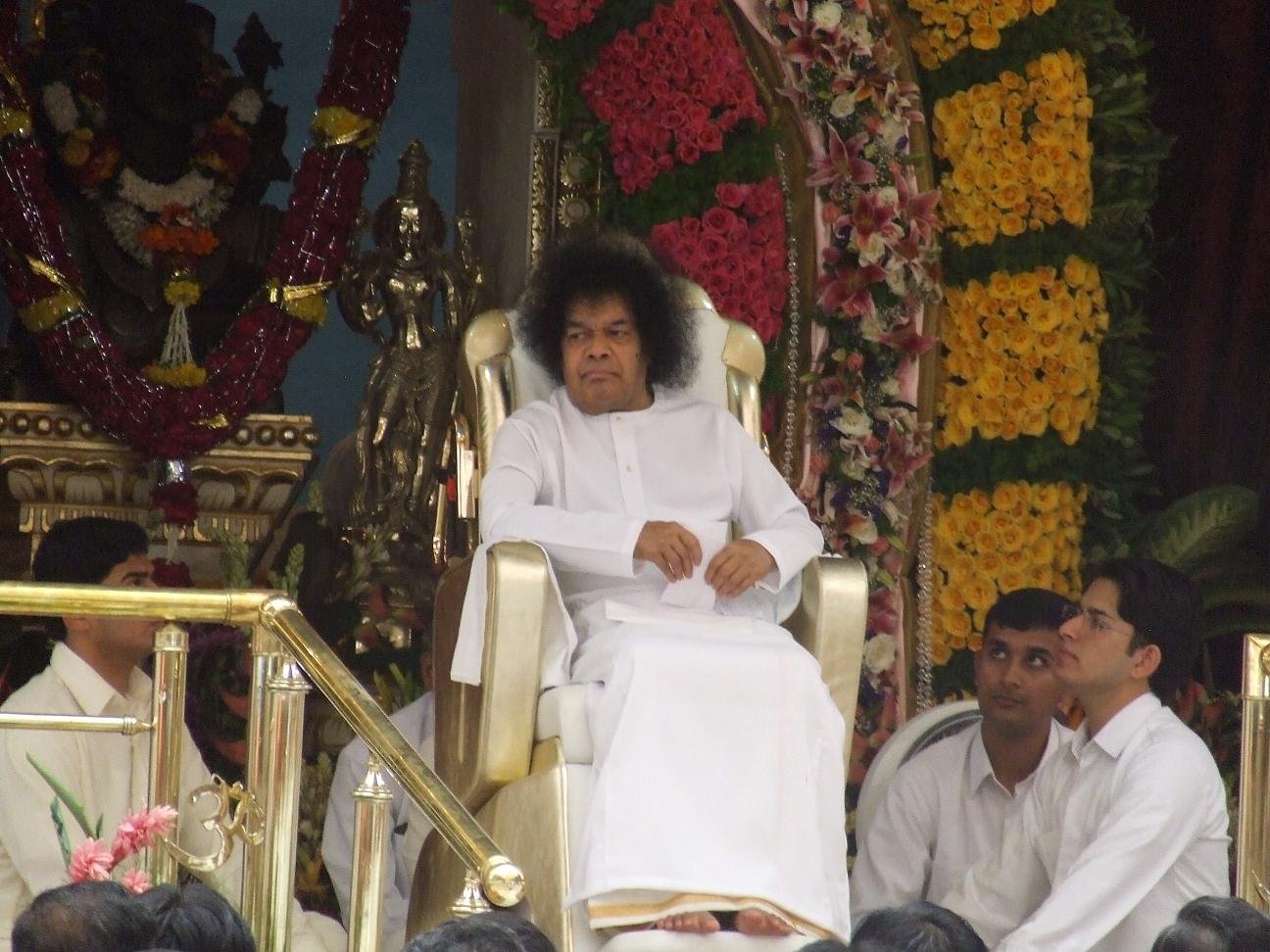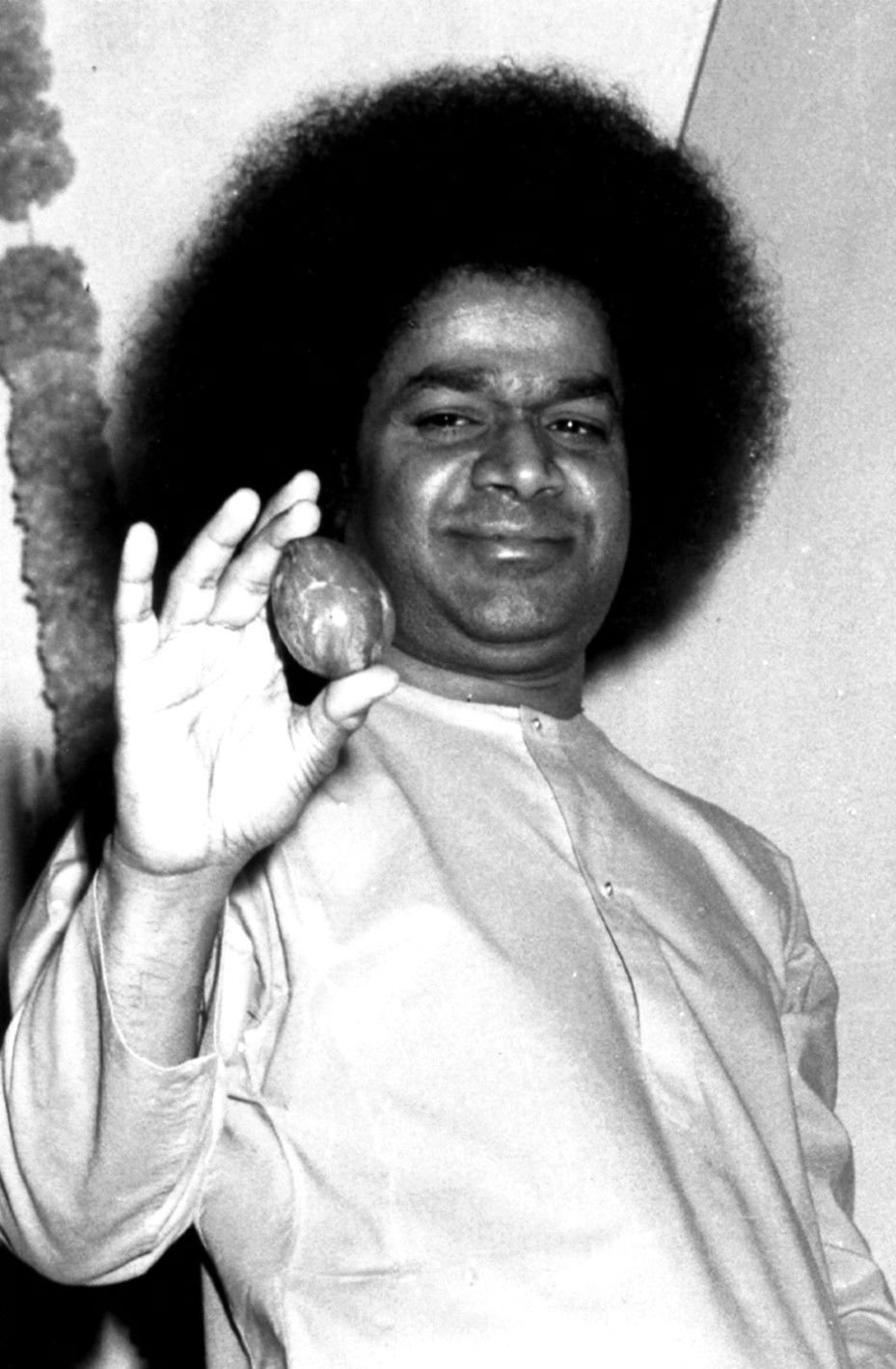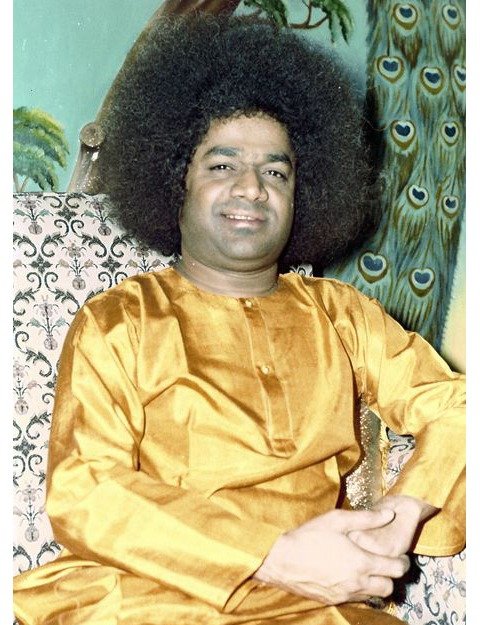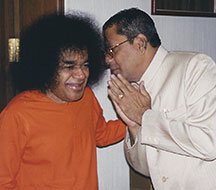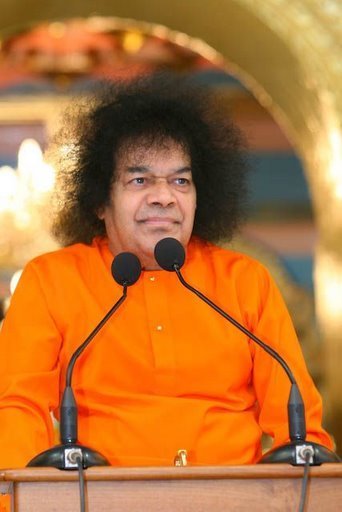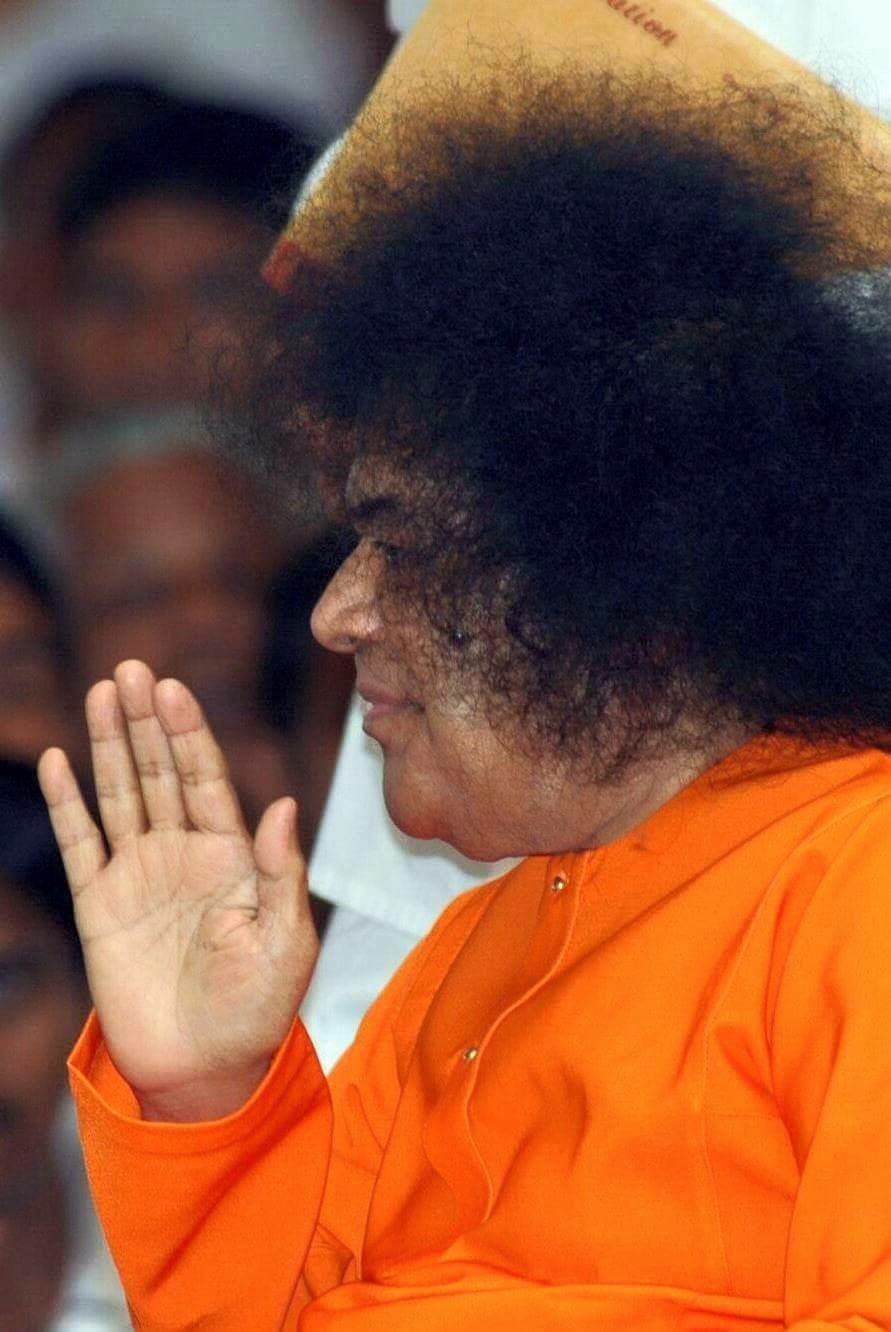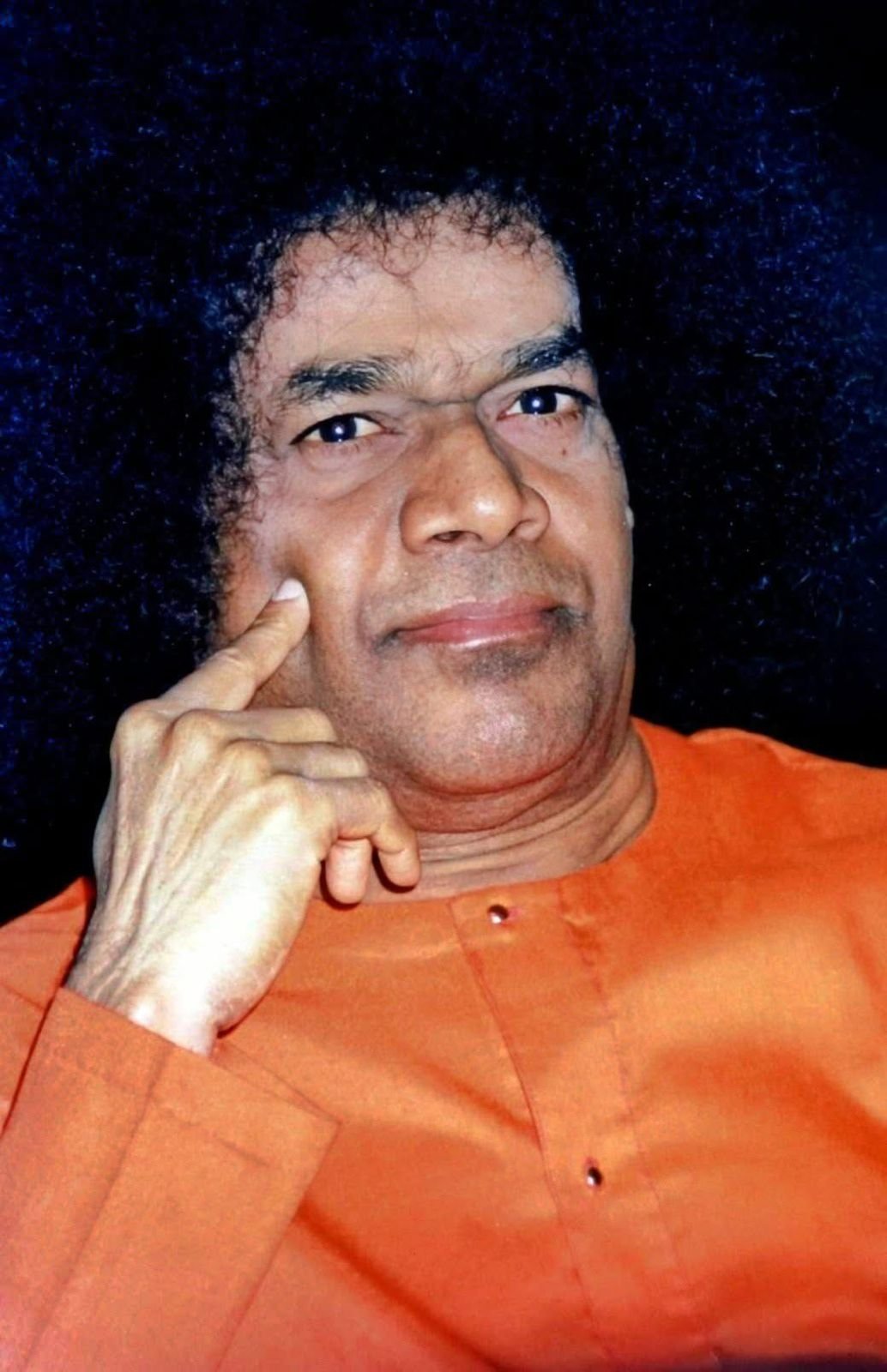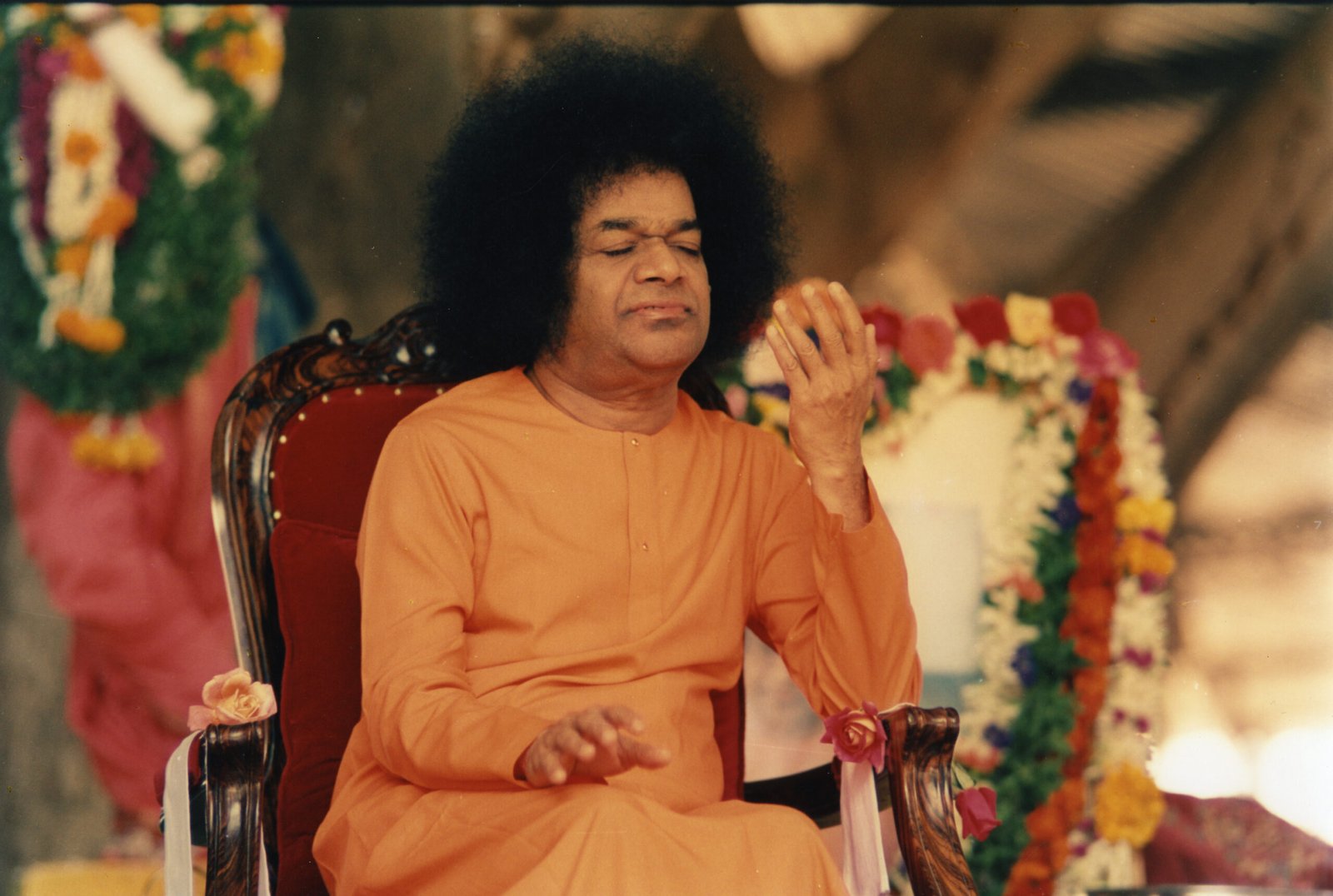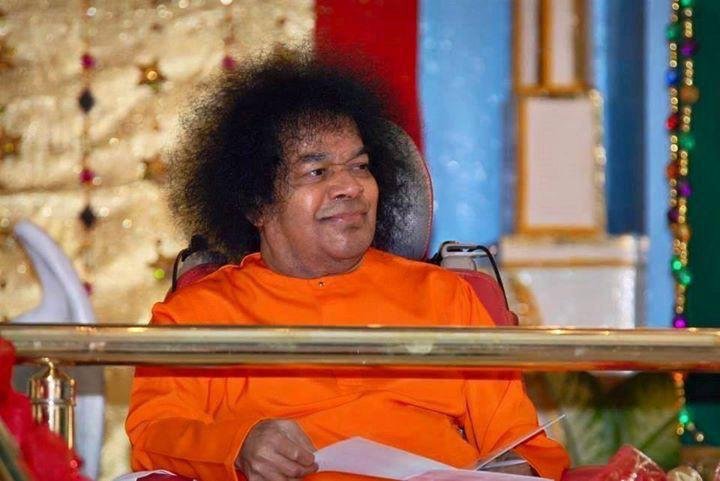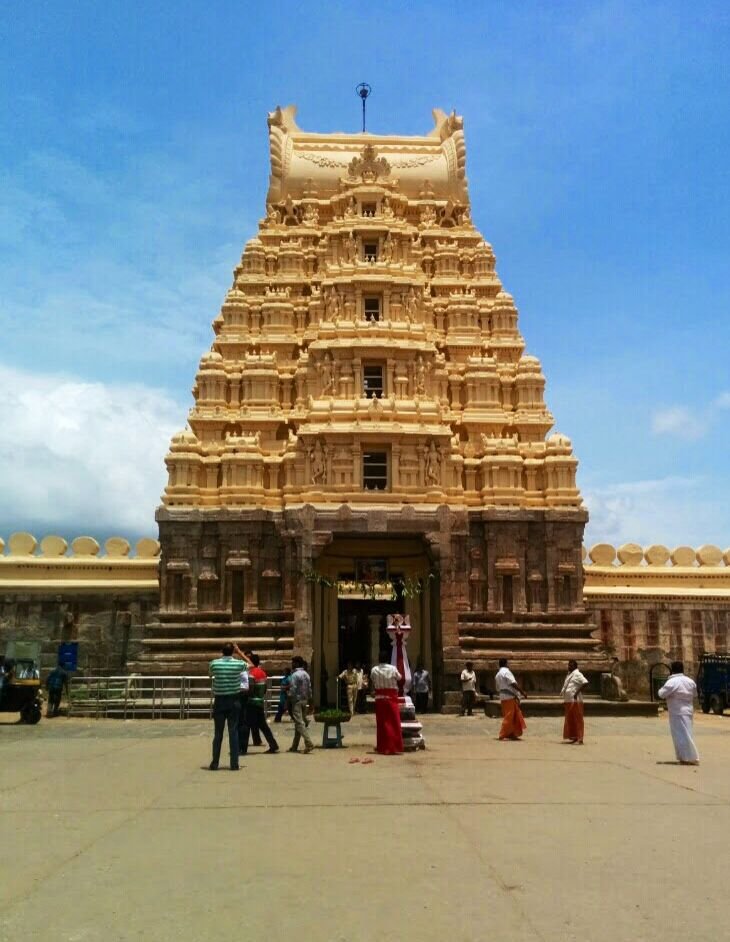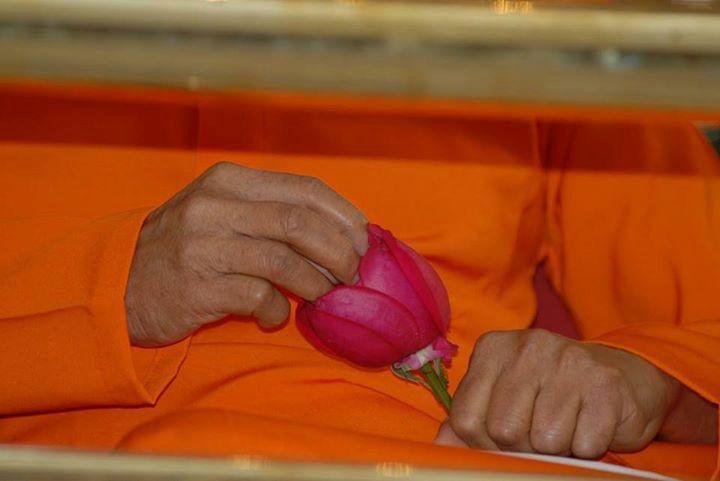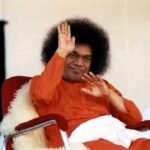Man’s MAgnificent Body – How to keep it Healthy
The human body is a thing of marvellous beauty. Men cannot easily comprehend the secret of God’s creation. No one can explain how the eyes have acquired the power of seeing this phenomenal world. The beauty of all the organs in the human body is a secret of creation. Doctors try to find out how each sense organ and how each limb functions. No one tries to find out why they are functioning in this manner. This secret can be grasped only through the aathmik or Divine Principle.
Our body is surrounded by divine vibrations. If you look at the thumb, there are vibrations of light around it. Few attempt to be aware of this phenomenon. The body is surrounded by vibrations of light. When these vibrations of light from one person meet another, several good things happen.
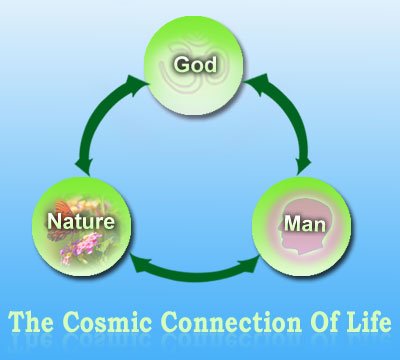
Human life is based on six constituents in the panchabhuthas (five basic elements) and the athma. To recognise this fact, three paths have to be pursued.
One is to recognise within one’s self the presence of Nature and the Divine. A second path is to identify in God the cosmic creation and one’s self. The third path is to see in Nature the presence of God and one’s self. It is only when knowledge is acquired by these three paths that athma gyaana (knowledge of the Self) arises.
This three-fold path is termed prajna (integrated awareness). Every man should try to understand this three-fold path. This can be done at all times in all places. It has universal application. It has permanent validity everywhere. But, man gets involved in what is impermanent and ever-changing.
Our body is surrounded by divine vibrations. If you look at the thumb, there are vibrations of light around it. Few attempt to be aware of this phenomenon. The body is surrounded by vibrations of light. When these vibrations of light from one person meet another, several good things happen.
The head is preoccupied with enquiring into mundane phenomena. It is concerned with the external; its focus is on objects outside. The heart looks at what is within. The concern with the external has been termed pravritthi maarga (the path of externals)… All man’s actions today, including the knowledge he acquires and the wealth he gets, are related to the pravritthi maarga.
There are two important organs for man. One is the heart and the other is the hand. The head is preoccupied with enquiring into mundane phenomena. It is concerned with the external; its focus is on objects outside. The heart looks at what is within. The concern with the external has been termed pravritthi maarga (the path of externals)… All man’s actions today, including the knowledge he acquires and the wealth he gets, are related to the pravritthi maarga. The six vices of kaama (lust), krodha (anger), moha (infatuation), lobha (greed), madha (pride) and maathsarya (jealousy) are related to the pravritthi maarga. These undergo constant changes. Because the body is associated with these qualities, it is also subject to change.
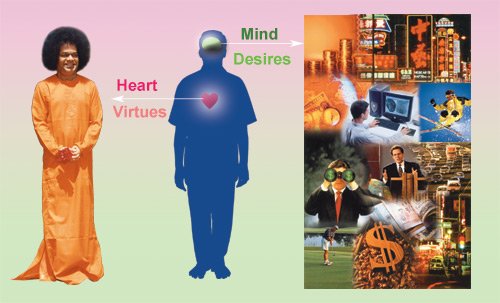
But the heart remains unchanging. It is associated with the nivritthi maarga (the inward path). What are the qualities associated with the heart? Truth, compassion, love, forbearance, sympathy and sacrifice; these human qualities emanate from the heart. So, in human life, the head and the heart play crucial roles. These two are kept in balance by the hand. Thus, the heart, the head and the hand are the three H’s which are important in studying the human predicament.
All diseases are a reflection of pravritthi, the disposition of the mind. Hence, in worldly matters, man should follow the right path. In this context, two elements among the five basic elements are important. “Bhikshaannam dheharakshaartham, vasthram sitha nivaraaranam” (Food is essential for protecting the body; raiment is necessary for protection against cold). Associated with food is water. These two occupy pride of place in human life.
Life is the subtle form of the water consumed by man. The mind is the subtle form of the food taken by man. Hence a close nexus should be established between the mind and praana (life force). As is the food, so is the head. A person’s thoughts, desires and aspirations are related to the kind of food he or she consumes.


